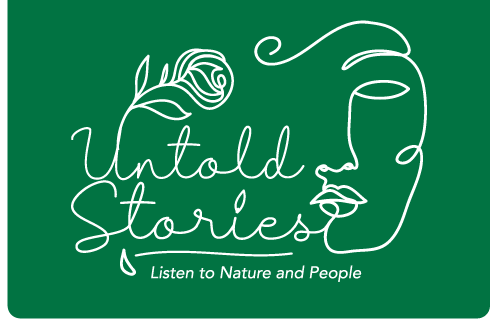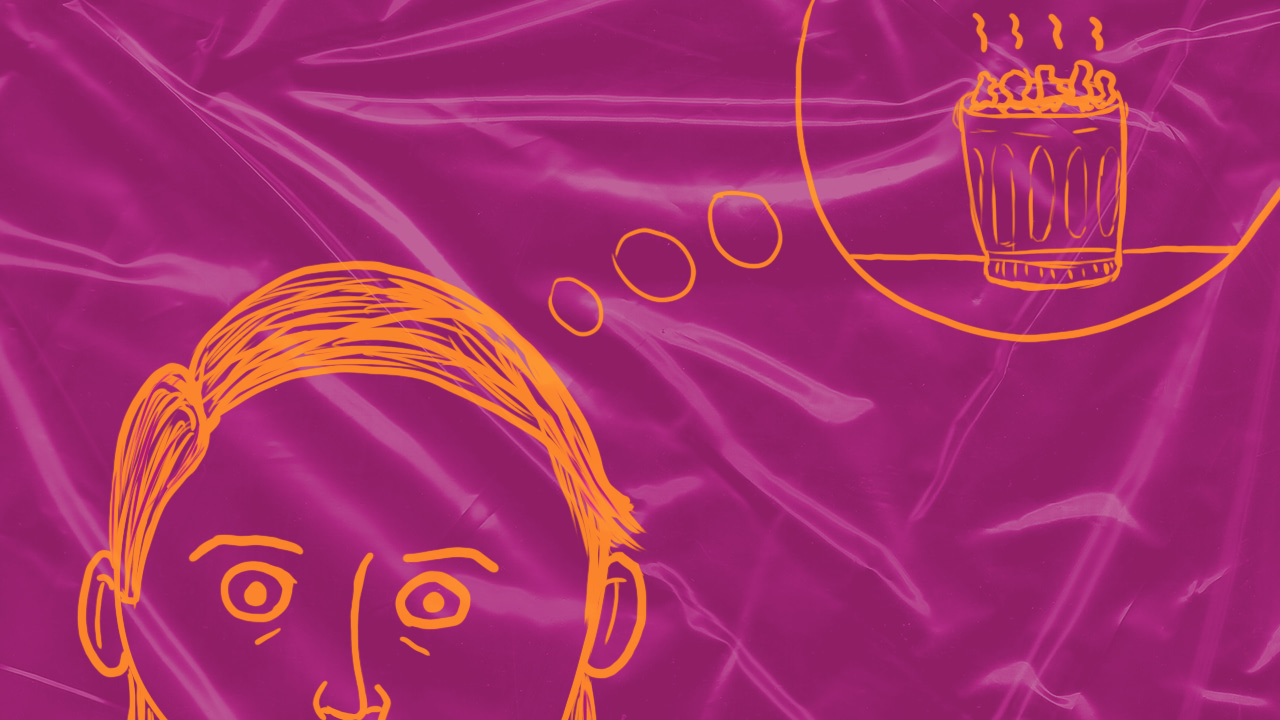Thinking about the trash can be a complex task or a very easy one if you do not think it profoundly as this case or as we all must think in my opinion. Personally, I used to think about trash as many other people have been thinking always, like seeing plastic waste of the food in the street or even the trash outside the big containers because they are at their maximum capacity and never even thinking about the trash I produce. But with this exercise, I tried to examine not only the trash me and my family generate every day but how it is related to our behaviors inside and outside our home as well as how it is related with other people and how interconnected we can be with this out of our mind concept as trash. In this sense, I started observing and paying more attention to what materials and objects we are throwing away and not only in the common trash can we all use, but also all the trash cans we have in every room.
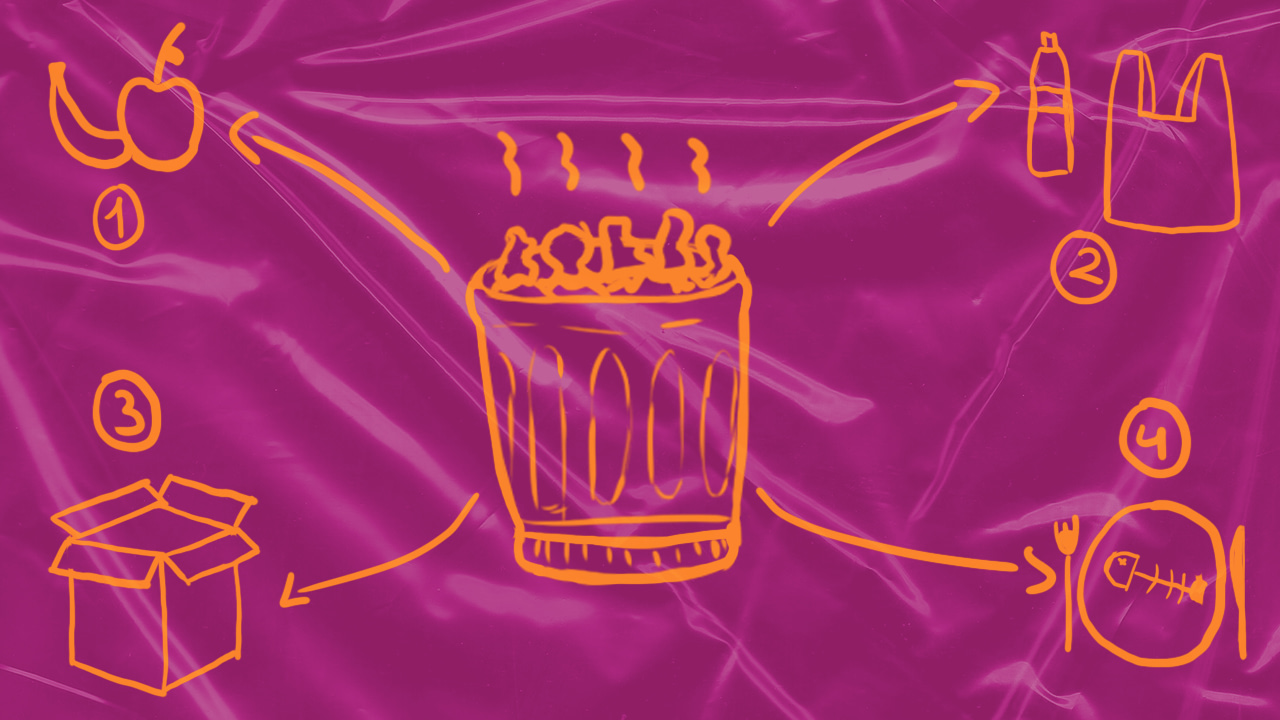
Furthermore, I want to start with how I divide all the resides of our house into four main categories: the first one is the organic waste being these fruits and vegetables, the second one is the all the plastic and its derivatives, the third one are paper and cardboard and the fourth and last category is all the animal residues and all the leftovers of the food we consider is not able for consumption anymore. However, one of the behaviors I notice the first is the fact we do not separate the trash in the categories mentioned above, the thing we do in the common trash can we have in our kitchen is to throw everything and mix it up. Thinking about this deeply and not just considering me and my family I found this behavior we have conflicted in the sense that there are many recyclers that use these materials (specially paper, cardboard, and plastic) as their main income and how less time consuming it can be for them if we separate it in different bags. Despite that, it also opened a window of questions about the leftovers we throw away because maybe for me and my family this is not food we can eat, but for many homeless people, this is probably the meal they are going to have that day and I also started thinking about how useful these leftovers can be for feeding street dogs.
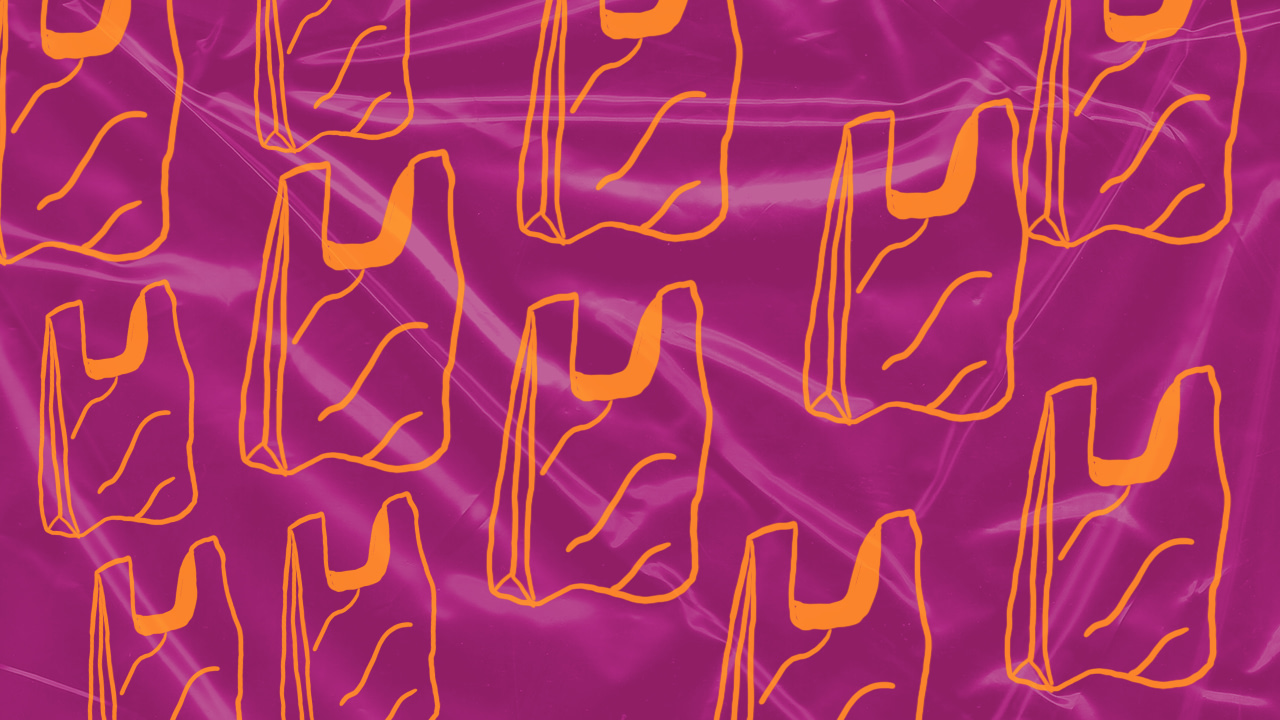
After thinking in all I mention before one thing that came to my mind was the plastic bag we use as a container for all the trash, mostly because this is a common behavior in many houses around the world. But we do not think about where the plastic bag came from or the process through which the plastic goes to become a bag, neither where the bag is going to end when we throw it fully with our garbage in containers. Doing a little research on the web and mainly because it has become a trend in our world, I started looking around all the discussion about taxing plastic bags as a way of reducing our plastic consumption or trying to build bags that are not resistant due to the biodegradable content and process for which they are made. Still, I think this is not a good way to approach or address the plastic issue we have and not only that but how this problem of taxing plastic bags is not reducing the consumption of these objects; instead of doing that people keep using the plastic bag as a container for their trash. I saw this in my family behavior when buying things from Supermaxi, after we finish buying all the things we need from the market is very usual that Supermaxi employees pack what we purchase in biodegradable plastic bags; but one of the problems I saw is that before they change to this type bags was that we only need one to carry it all, now we have to use two bags so that the sheath does not break and compromise all the products we bought. This problem is connected to the trash can we have and where we dispose all our house waste because to maintain all the garbage inside the bag and avoid it to collapse we have to use two and sometimes we just use one, so what it might happen after is that all of the trash we have created is going to be all around the containers or in the street.
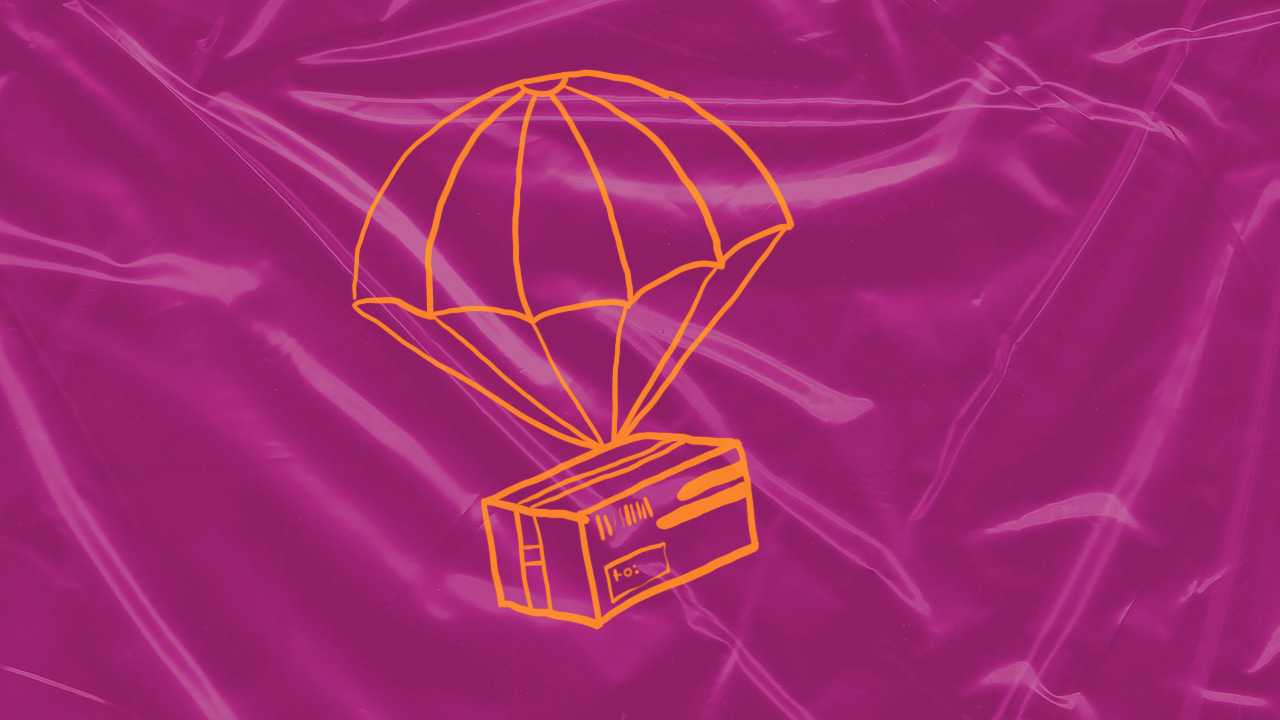
Now, speaking about packing and packaging as a designer I was tough many processes that lead to the creation of the final pack result and it involves a lot of things like a lot of raw materials, infrastructure, and people. And is true that there are many ways of creating packages that are not destructive to our environment, but one of the main reasons this is not viable for many people is the problems of heavy money investments many businesses, especially small and medium ones, have to pay. This is why we still see many companies use in all of their process (preproduction, production, transportation, display, selling, etc.) materials and objects that have a heavy carbon footprint particularly when we talk about plastic and paper. In this sense related to my behavior of throwing trash, I started thinking about how all the things I consume and dispose of come into my home and specifically speaking with me and my family buying and consuming patterns. As a matter of fact and as I wrote previously, we buy things from big chains of markets like Supermaxi or Mi Comisariato, but one of the patterns I saw we do a lot is to buy only the long term products we need for the house like shampoo, toilet paper, teeth brushes, deodorants, etc. Despite this behavior, I think in a certain way is kind of helpful we try to buy vegetables, fruits, and meat from neighboring stores or small stores near our home. And one of the main reasons we do that is because they are cheaper than the big market chains, but also because they do not pack it every single piece of product in plastic, instead they put all the things we bought into a single plastic bag. Yet, it opens a lot of questions about the organic and leftovers we are throwing away, especially in previous steps before it becomes waste. One of the things I start thinking is that maybe our way of imaging that buying from these small businesses is not creating a lot of trash, but in the process of production the most likely thing is that farmers are using pesticides that not only have a huge amount of pollution but that the containers in which they are used come from plastic and probably the packages they used to transport them to these small businesses are also made from this material. In this sense, buying local where they put all the food in one single plastic bag does not rid us of all the plastic and other polluting products that were part of the process and also and all the people who were exposed to these chemicals.
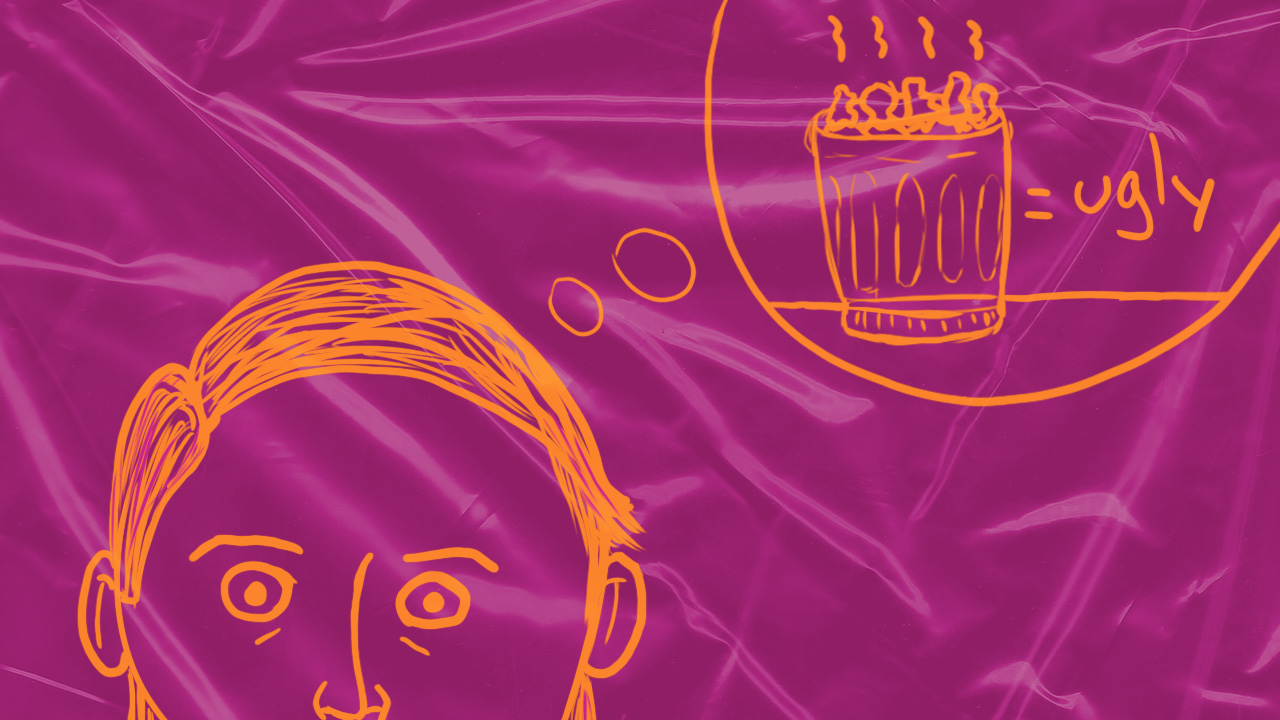
However, another thing that I started to think about was why many people do not think about the garbage they discard and in a certain way, I related it to the aesthetic sense of the garbage itself. In a certain way as human beings, we are used to thinking about what has an aesthetic sense for us and to give that greater value. But this is not the case with garbage since to the majority it does not seem beautiful enough or worthy of admiration to worry about what we are consuming and the processes, people, animals, and plants that are involved and in this sense, we also do not worry about what will happen to our garbage and how it not only affects us directly but others.
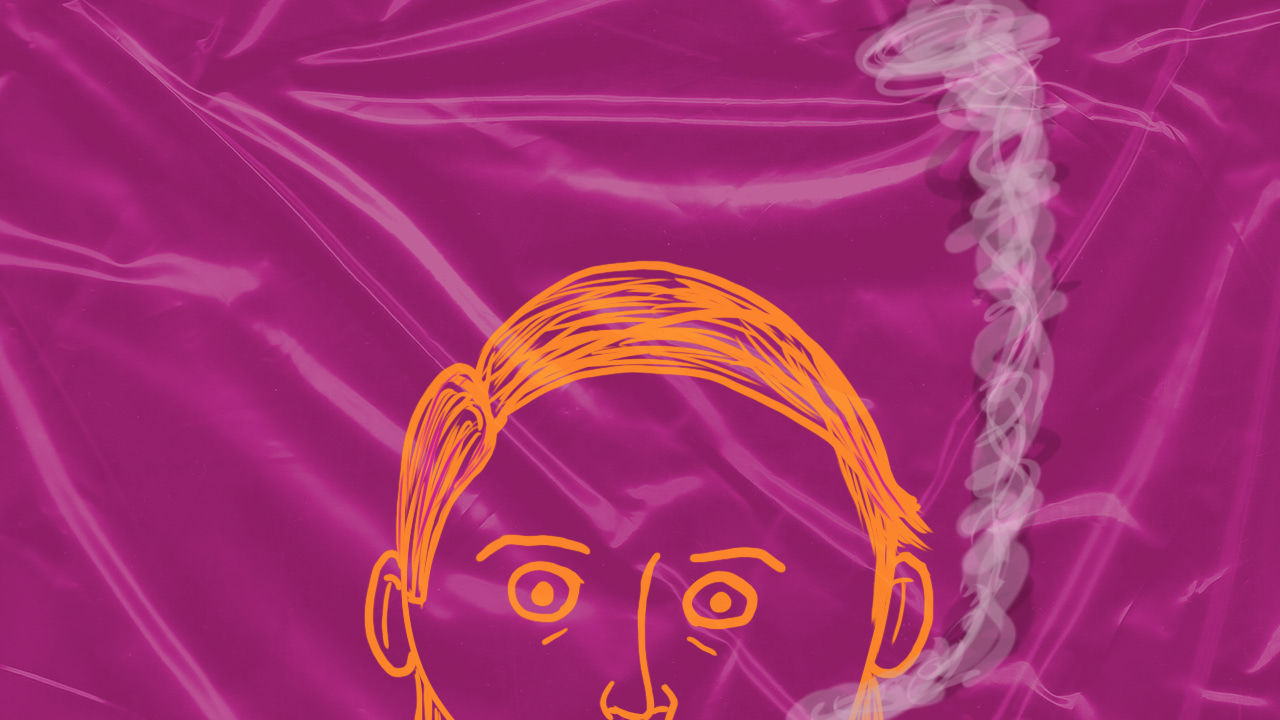
Following with the exercise of thinking deeply in my trash I began to search and think about objects and materials that reflect my interactions not only with those objects by themselves but with all the processes, humans, non-human and of course what happens next with those objects that sometimes we take out of the picture when thinking about waste. And the first thing I did is to start noticing one of my habits, not a very good one if I have to say, I do every day of my life since I was eighteen years old and I am talking about smoking. In so many aspects this behavior I have is related to thinking about my relationship with waste, mainly because in these five years (I am twenty-three right now) I have created tons and tons of waste related to smoking. Also, I began to observe this behavior and connecting it to the exercise because every day I go out to my house garden and the first thing I can see is a bag hanging with many cigarette butts and without thinking too much about it I light another cigarette. But one day of this week while I was smoking one I start asking questions that are related not only with how harmful smoking can be for me but how harmful it is to the world and of course the relationship with these objects and the waste I create and have created in a daily basis. Along with all the things that I mentioned before I wanted to start this section of the text with a question, what are the cigarette butts that I throw in that bag doing after I dispose of them?
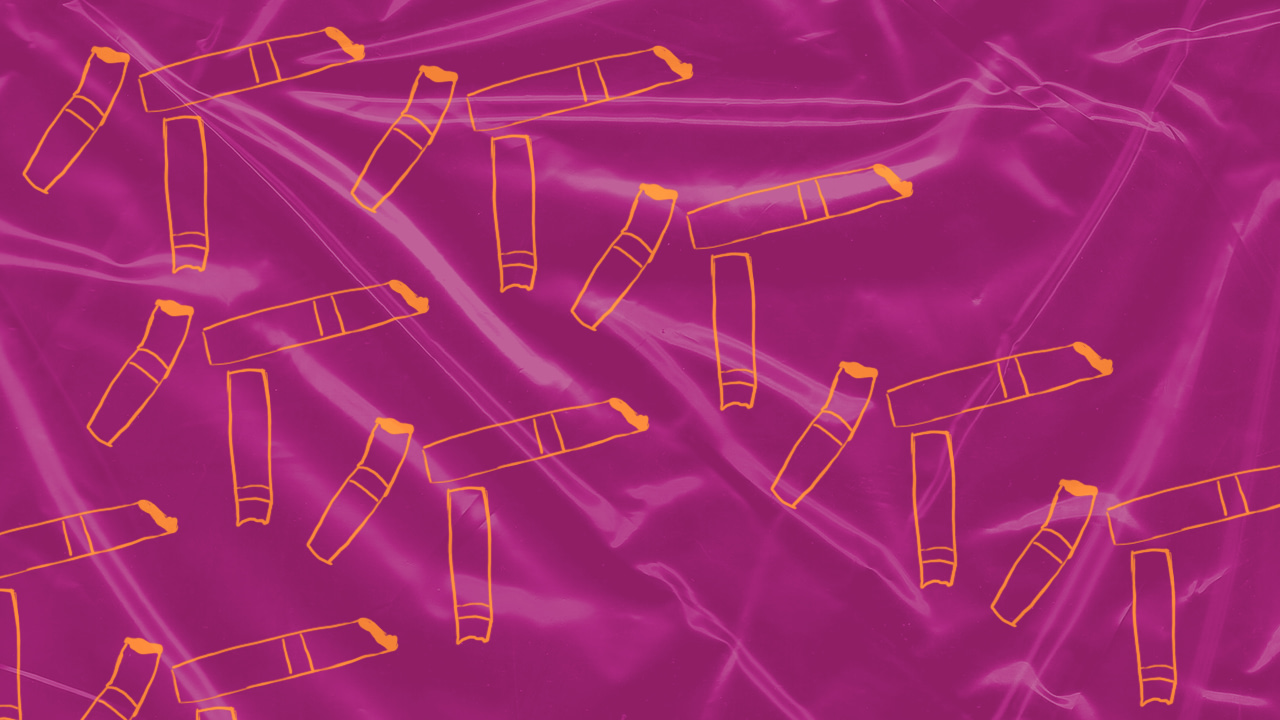
Is pretty common to walk into the streets of Quito and see above the floor a cigarette butt and while I was thinking about these and the question before I thought how normal it is to these objects to go unnoticed, we as a society are so used to see and step on these filters that come out of our imagination how much pollution they create, including me. But searching around the web I found lots of papers and information on how harmful this can be to the environment, and I tried to focus on this because we all know the problems that cigarettes cause into the human system. Yet I found something that I did not imagine can be related to the object and is how connected are cigarettes filters with plastic and what I found is that in the 1950s with all the problems that non-filter cigarettes were having, mainly related to lung cancer and human health, tobacco companies developed filters of cellulose acetate which is a derivative of plastic and the problem is that the tobacco industry is still using the same material to create the filters for cigarettes. And what happens next is that many of those cigarettes butts we throw away end up in many cases into the oceans realizing not only all the heavy metals and nicotine that they have, but they are decomposed into microplastics that acidify the oceans and end up in many of the foods we eat. Also one of the main problems with the filters is that they are not recyclable so in theory there is nothing me or other people can do to stop the decomposing of these objects, and as I mentioned at the beginning of this paragraph this issue in a local context of Quito is not being addressed properly by institutions or the smokers.
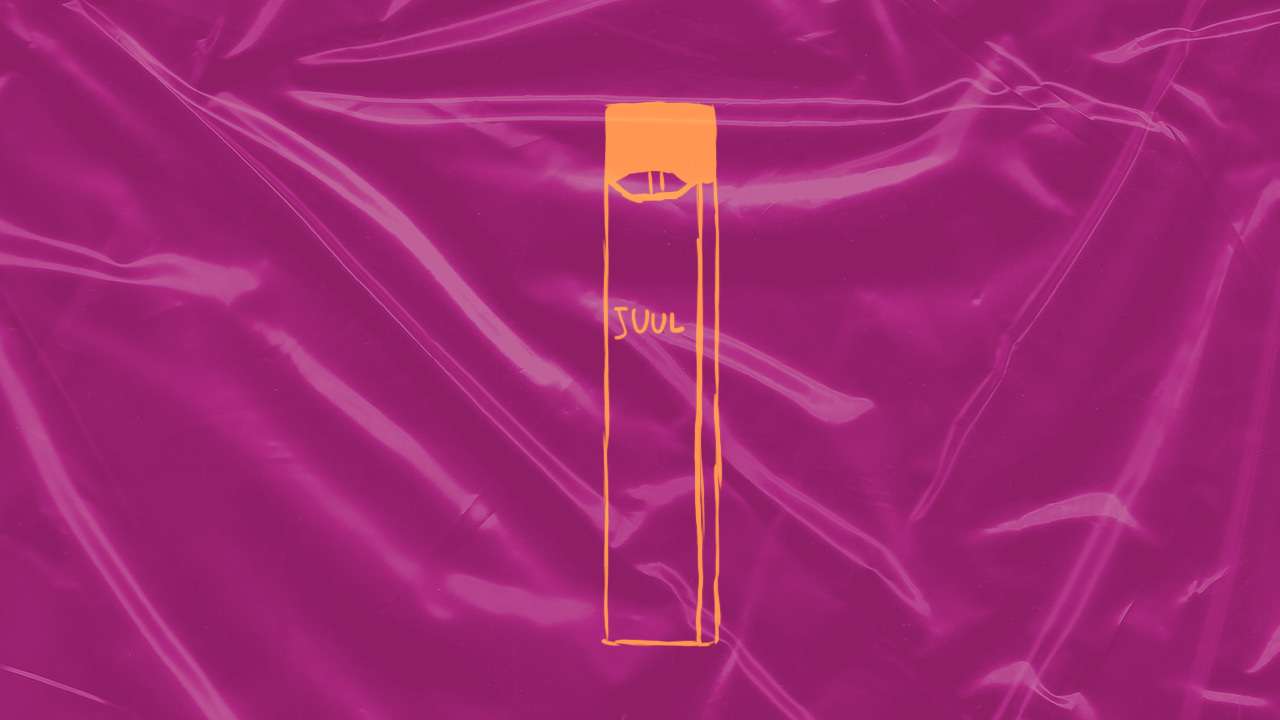
After this research I did I started to think, well maybe one solution for this problem is that all smokers replace the common cigarette for e-cigarette but in this way of thinking I found that e-cigarettes are not a viable solution because the also contain plastic in the electronic mechanism and a difference between the old fashion cigarette and electronic one is that the plastic use in the second one is hard so it last longer into our environment. And the problem is also that these objects cannot be recycled because of the way they are built. Besides that, I think one of the problems of thinking of cigarette butts waste is that most of the people are thinking that the object itself is the problem, which it is in a certain way if we see all the contamination that they can deliver, but what I think is that the main problem is the habit of smoking and the addiction that make smokers do it again and again. Therefore I think that human and non-human health-related to this issue is very difficult to address and honestly I couldn’t think a solution, just try to change my smoking habit.
